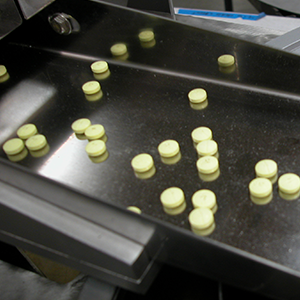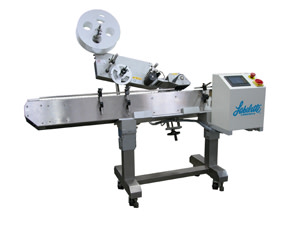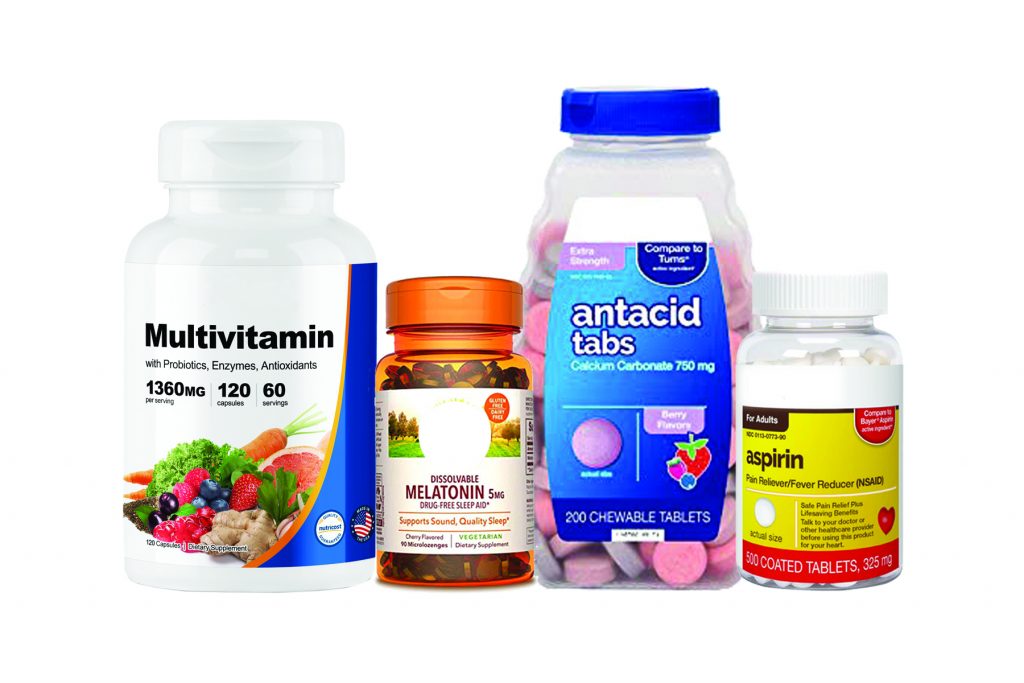Picture this: You’ve got a raging case of allergies. Runny nose, congestion, coughing, the works. And the symptoms are bad enough that waiting for them to resolve on their own isn’t an option.
So you head to your local pharmacy (or chemist, for those who may be reading from the Commonwealth) and you find some antihistamines. But what’s this? The label’s upside down. Not very professional.
The pills are from a reputable manufacturer, but you decide you’re betting off taking your chances with the rival company that has the label right-side up.
While labeling mistakes don’t necessarily reflect on the quality of the product, it’s something you definitely want to avoid as a pharmaceutical manufacturer. Which is why you’d be well advised to invest in a labeling machine.

Advantages of the Labeling Machine
Labelers are advantageous for a multitude of reasons:
- They’re faster than having employees apply labels by hand
- They can cut down on labor costs
- And they give labeled products a uniform, consistent appearance
We can divide labeling machines into two different types: automatic and semi-automatic.
Semi-automatic labelers are usually smaller and can be placed on a countertop, table, or cart. They’re also cheaper, but they’ll need someone to operate it and mind the containers, because they’re usually not incorporated into production lines.
Automatic labelers are much larger and tend to cost more, but they also have a key advantage: they can be incorporated into a new or already-in-use production line. They don’t require employees to be standing at the ready at all times, though they can be used in a semi-automatic configuration if need be.

Making Sure Labels are Legible and Stay On
To circle back to a point from the last section, another great thing about labeling machines is that they reduce the odds of your products being labeled erroneously. No pill bottles with upside-down labels, no broken tamper-evident bands, no labels that are wrinkled or don’t even stay out due to bad adhesion or glue quality.
If your products have broken or illegible labels, they may not meet the standards laid out by your local regulator, increasing the odds of you facing unnecessary scrutiny. And as we’ve already established, they’ll look bad to prospective customers.
Choosing a Labeling Machine
Before deciding on which labeler you’re going to buy for your production line, it’s best to evaluate your own production needs.
For example, are you sending our test tubes or vials? Then you’d want something like Accutek’s own APS134, which is specifically designed to label cylindrical containers like test tubes or ampules. It achieves this with a long, angled conveyor composed of a series of plastic cylinders. This way, the containers don’t fall down.
If you’d like to discuss these machines in further depth, or how a labeling machine can help you produce pharmaceuticals in general, give Accutek Packaging Equipment a call. We’ll be happy to discuss these topics with you!


